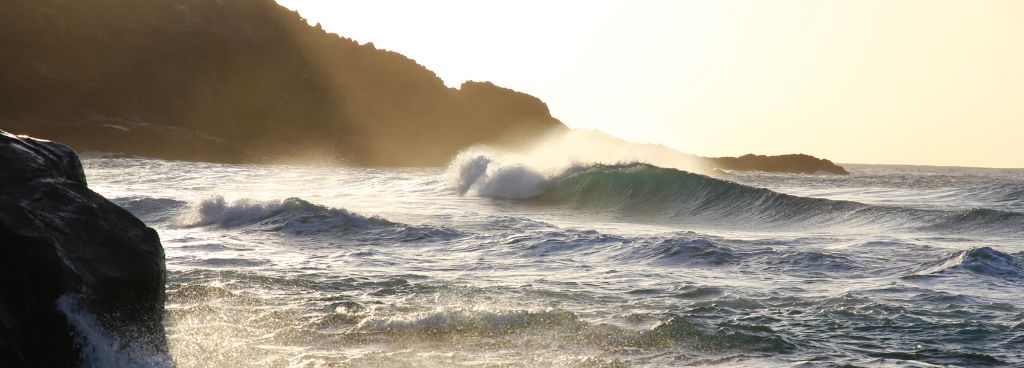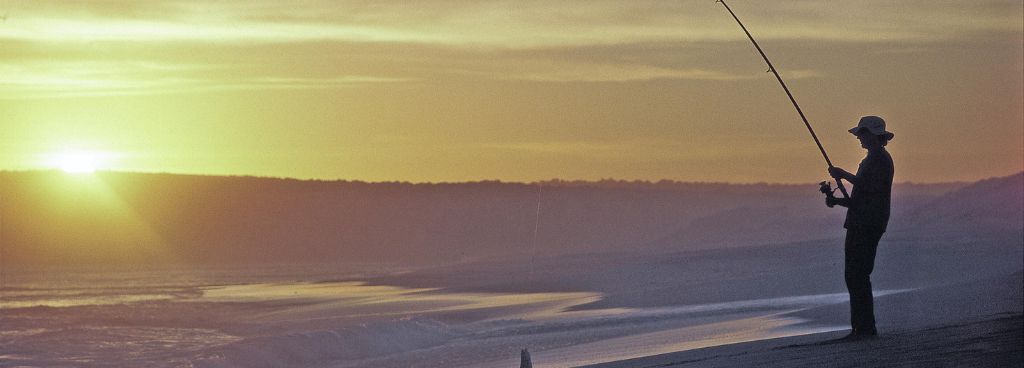Stories Worth Reeling In...
Last Updated on September 27, 2023
Are you an avid angler looking to optimize your surf fishing experience? If so, you’re in the right place! Timing is everything when it comes to surf fishing. Understanding the key elements that influence the best fishing times can greatly enhance your chances of landing a big catch
By the end of this guide, you’ll be equipped with the knowledge needed to plan your fishing trips effectively and make the most out of your surf fishing adventures. So, let’s dive in and discover the secrets to finding the best time for surf fishing!
Table of Contents
Tides play a crucial role in determining the optimal fishing times along the shoreline. The different stages of the tide, such as incoming tides, high tides, and outgoing tides, directly influence the behavior and feeding patterns of fish.

Tidal cycles, which occur approximately every 12 hours and 25 minutes, have a significant impact on fish movement. During incoming tides, fish are often drawn closer to the shoreline as the water level rises. This provides an excellent opportunity for surf anglers to target fish in shallower waters.
High tides, on the other hand, can create pockets of deeper water where predatory fish may be waiting to ambush their prey. Outgoing tides, as the water recedes, can expose sandbars, channels, and other structures where fish congregate.
To determine the optimal fishing times based on tides, anglers can rely on tide charts and tide tables. These resources provide valuable information on the timing and height of tides for specific locations.
Factors such as wind, temperature, and atmospheric pressure can significantly impact fish behavior and feeding activity along the shoreline.
Wind plays a vital role in surf fishing as it affects the movement and distribution of baitfish, which, in turn, attract predatory fish. Onshore winds can create turbulence in the water, causing baitfish to scatter and attracting hungry fish to the area.
However, strong winds can also make casting and line control challenging. Conversely, offshore winds can create calmer waters, providing better visibility and making it easier to present your bait.
Temperature is another important factor to consider. Fish are ectothermic, meaning their body temperature is influenced by the surrounding water. As water temperature changes, fish may adjust their activity levels and feeding patterns.
For example, during warmer months, fish may be more active and willing to feed closer to the shore. Conversely, in colder months, they may seek deeper waters or warmer areas.
Atmospheric pressure also plays a role in fish behavior. Rapid changes in pressure, such as before a storm front, can stimulate feeding activity as fish sense the impending change in weather. During periods of high atmospheric pressure, fish may become less active and more cautious.
Monitoring weather forecasts and understanding how different weather patterns affect fish behavior can help you plan your fishing trips accordingly.
For example, fishing during onshore winds or around changing weather conditions can increase your chances of encountering actively feeding fish.

One important factor to consider is the specific fishing regulations in your area. Different regions may have specific rules regarding fishing seasons, catch limits, and protected species. Familiarize yourself with these regulations to ensure you are fishing responsibly and by local laws.
Some areas may have designated fishing zones or restrictions during certain times of the year to protect spawning grounds or sensitive habitats. Understanding and adhering to these regulations is essential for sustainable fishing practices.
Each region may have its own unique fish populations, with certain species being more prevalent than others. Local knowledge and expertise can be invaluable in understanding the behavior, migration patterns, and feeding habits of these fish. Local anglers, fishing communities, or bait shops can provide valuable insights into the best fishing times for specific species in your area. They can offer information on when certain species are most active, the bait and techniques that work best, and any local tips or tricks to improve your chances of success.
An incoming tide, also known as a rising tide, is deemed one of the best fishing tide times. Water entering an estuary from the ocean can have a lower temperature, more oxygen, and higher clarity than water in the estuary at low tide.
Coastal areas can have varying topography, such as sandbars, jetties, or rocky formations, which can influence fish behavior and feeding patterns. Understanding how these features impact the movement and presence of fish can help you choose the best fishing spots and times.
Additionally, factors like water clarity, currents, and tidal movements specific to your location can affect fish activity. Observing and understanding these local nuances will give you an edge in timing your surf fishing excursions.
As you plan your next surf fishing adventure, I encourage you to research and observe the specific conditions in your target fishing location. Remember that the best time for surf fishing may vary depending on the location and target species, so it’s important to adapt your approach accordingly.
Now, armed with the knowledge of optimal surf fishing timing, go out and enjoy the thrill of the surf, cast your line, and experience the joy of reeling in the catch of a lifetime. Happy surf fishing!